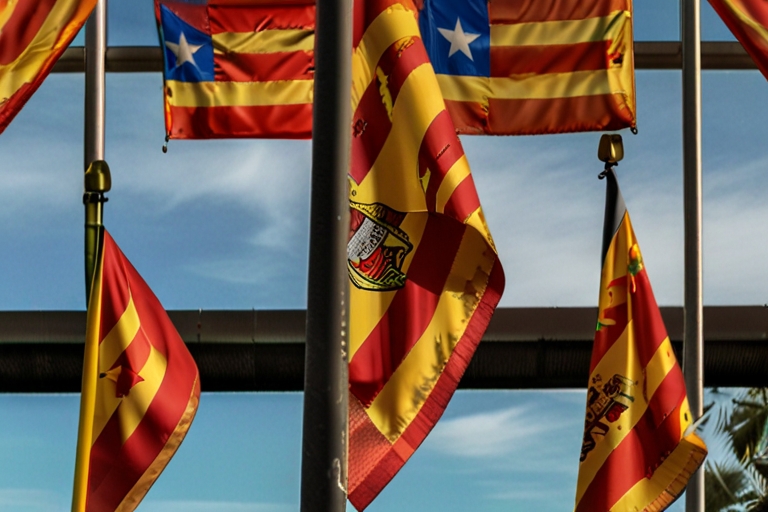Introduction: Catalan and Spanish are two distinct yet closely related languages spoken on the Iberian Peninsula. While both languages share a common Latin root and coexist in several regions of Spain, they each possess unique linguistic characteristics and cultural identities. In this blog, we’ll explore the similarities and differences between Catalan and Spanish, highlighting their linguistic features, historical contexts, and cultural significance.
Similarities Between Catalan and Spanish
- Latin Origins:
- Both Catalan and Spanish are Romance languages, meaning they evolved from Latin, the language of the Roman Empire. This shared origin results in several common linguistic traits, such as similar vocabulary, grammatical structures, and phonetic characteristics.
- Alphabet:
- Catalan and Spanish use the same Latin alphabet, consisting of 26 letters. Both languages also include diacritical marks, such as accents and the tilde (ñ in Spanish), to indicate pronunciation and meaning differences.
- Cognates:
- Due to their shared Latin roots, Catalan and Spanish have many cognates—words that look and sound similar and have the same meaning. Examples include “familia” (family) in both languages and “important” in Catalan and “importante” in Spanish.
- Grammatical Structures:
- Both languages have similar grammatical structures, including subject-verb-object sentence order, verb conjugations for different tenses, and the use of gendered nouns (masculine and feminine).
Differences Between Catalan and Spanish
- Vocabulary:
- Despite their similarities, Catalan and Spanish have distinct vocabularies. Some words in Catalan may be entirely different from their Spanish counterparts. For example, “morning” is “matí” in Catalan and “mañana” in Spanish, and “car” is “cotxe” in Catalan and “coche” in Spanish.
- Pronunciation:
- Pronunciation differs significantly between the two languages. Catalan has unique vowel sounds and consonant clusters that are not present in Spanish. For instance, the Catalan “ll” is pronounced like the “ll” in the English word “million,” whereas the Spanish “ll” is pronounced more like a “y” sound or a soft “j.”
- Verb Conjugations and Tenses:
- While the overall verb conjugation systems are similar, there are differences in specific conjugations and usage of tenses. For instance, the past simple tense in Catalan (preterite perfect) is often formed differently than in Spanish.
- Regional Usage:
- Catalan is primarily spoken in Catalonia, the Balearic Islands, Valencia (where it is known as Valencian), and parts of Aragon and Murcia. Spanish, on the other hand, is the official language of Spain and is spoken nationwide. Catalan enjoys co-official status with Spanish in its regions, while Spanish is the dominant language across the country.
- Cultural Context:
- Catalan has a distinct cultural identity tied to the history and traditions of Catalonia and other Catalan-speaking regions. Catalan literature, music, and festivals have unique characteristics that differentiate them from Spanish culture. Political movements in Catalonia have also emphasized the importance of preserving and promoting the Catalan language and culture.
Conclusion
Catalan and Spanish, while sharing a common Latin heritage, are distinct languages with unique features and cultural identities. Their similarities in vocabulary, grammatical structures, and Latin-based roots make them relatively easy for speakers of one language to learn the other. However, differences in pronunciation, vocabulary, and regional usage highlight the rich linguistic diversity within Spain. Understanding these nuances enhances our appreciation of the cultural and linguistic tapestry of the Iberian Peninsula, fostering greater respect and recognition for both Catalan and Spanish.
